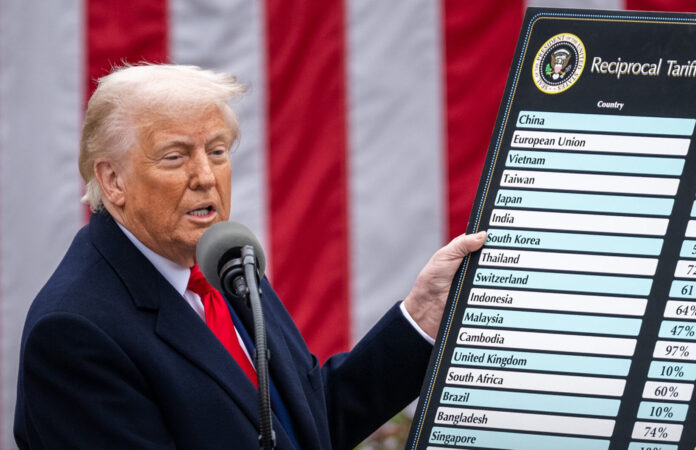On the 6th of May 2025, a delegation of the US Chamber of Commerce accompanied by United States Charge d’Affaires in Pakistan, Ms Natalie A. Baker met with Commerce Minister Jam Kamal Khan. Members of the US-Pakistan Business Council (USPBC) were also there.
In the world of business and trade diplomacy, this was a very small first step. Pakistan had been slapped with a 29% tariff by the Trump Administration in April as the US revealed a long list of countries hit by the new policy. The major brunt in the region had been taken by China. With Donald Trump claiming he was open to renegotiating the tariffs with different countries and striking trade deals, the sit-down meeting with the commerce minister was meant to open a channel of communication on the pressing issue.
But even as the delegations exchanged pleasantries, one topic dominated the conversation: soybeans. More specifically the import of soybeans from the United States into Pakistan. Soybeans are a major cash crop in the United States and vital to farmers that populate America’s midwest region. Traditionally, China has been the biggest market for soybeans, buying more than half of the $24.5 billion worth of soy products produced in the US. Those orders have fallen by more than half since the tariffs went into effect.
The sentiment among American farmers has slowly but surely been turning. States like Iowa, Illinois, Indiana, Ohio, Missouri, Kansas, Kentucky, and Nebraska make up not just the heart of Trump Country but also the bulk of US soybean production. These farmers have been complaining vocally, and Trump is fast losing goodwill in the region.
While the US has its horns locked with China in the trade tussle, in the meantime the Trump Administration has been trying to find other markets for its soybeans. Among these is Pakistan. Charge d’Affaires Baker made it a point to mention that the resumption of US soybean exports to Pakistan signifies the growing partnership between the two countries in the meeting with the commerce minister. The content in this publication is expensive to produce. But unlike other journalistic outfits, business publications have to cover the very organizations that directly give them advertisements. Hence, this large source of revenue, which is the lifeblood of other media houses, is severely compromised on account of Profit’s no-compromise policy when it comes to our reporting. No wonder, Profit has lost multiple ad deals, worth tens of millions of rupees, due to stories that held big businesses to account. Hence, for our work to continue unfettered, it must be supported by discerning readers who know the value of quality business journalism, not just for the economy but for the society as a whole.To read the full article, subscribe and support independent business journalism in Pakistan








